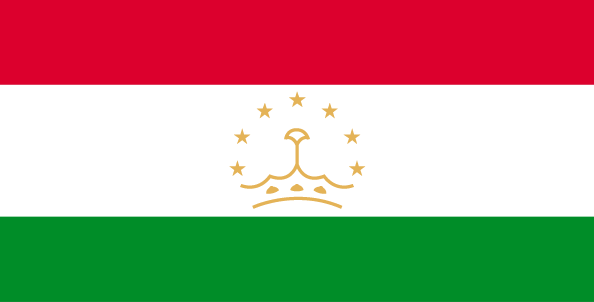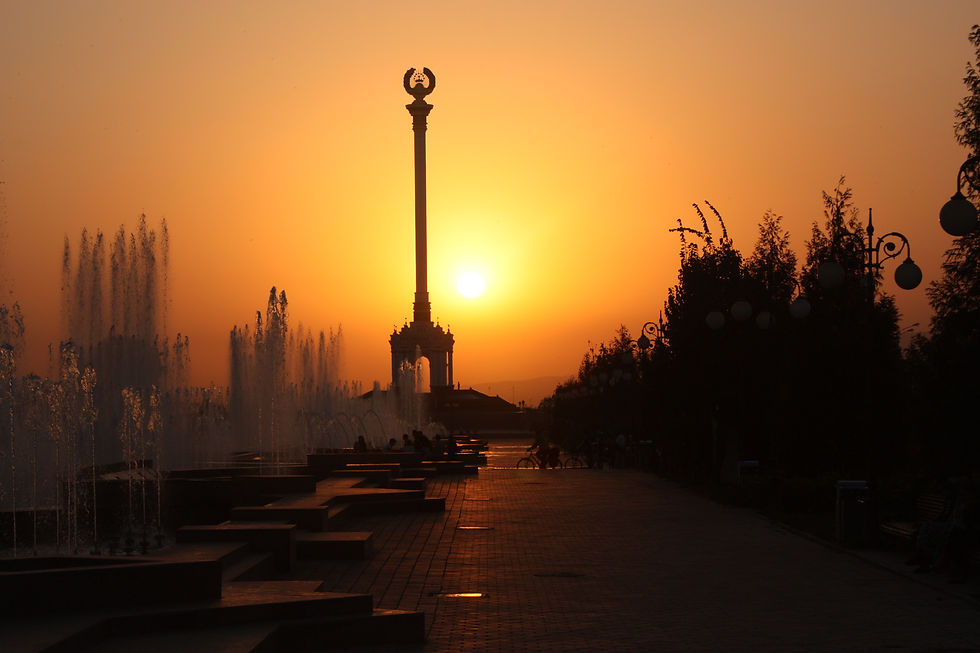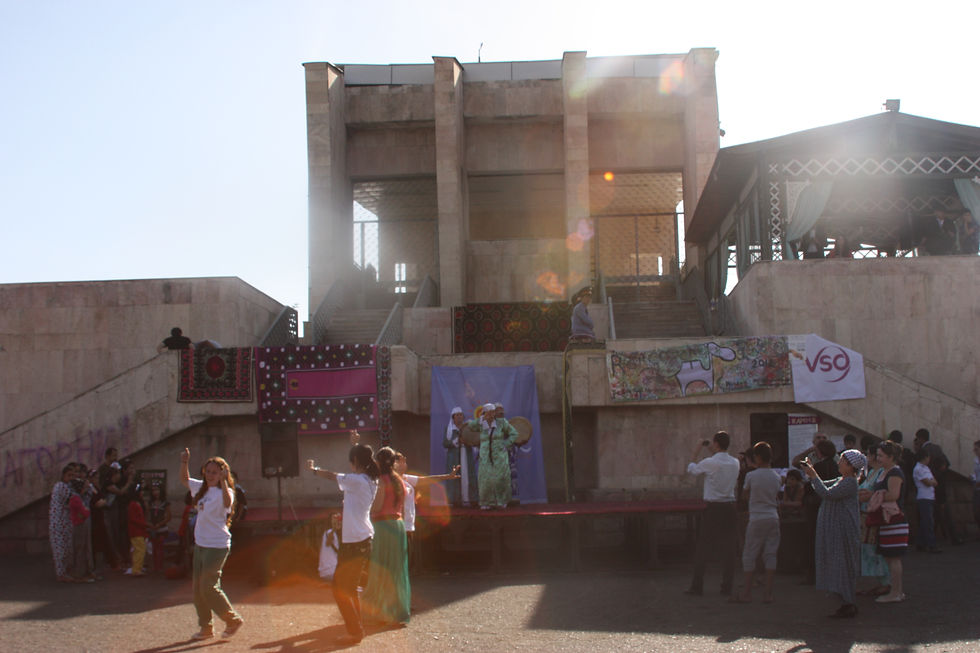

TREAD TAJIKISTAN
Profile
















An independent republic since 1991, Tajikistan still shows its Soviet influences in its culture, polity and society, but there is a great deal more to this country than just the hammers and sickles on public buildings. Sitting right at the centre of the largest land mass on earth, Tajikistan has been crossed and competed over by countless cultures. This beautiful, rugged country has a lot of history. Just an hour’s drive from the capital Dushanbe, built by the Soviets in the 1930s, you can find the ancient fortress city of Hissor (or Gissar, depending on who you ask and how you transliterate), built by the Persian emperor Cyrus the Great around the sixth century BC. In many ways, it is a little Persian island surrounded by Turkic cultures and languages, though the influences cross all over the place.
No one here heard about ‘the end of history’ after the USSR fell. From 1992-1997 Tajikistan was wracked by a brutal civil war in which tens of thousands were killed, and yet more displaced. In such a crossroads, borders are strictly notional. Each one of this cluster of nations, states, languages and ethnicities seems to claim Osh/Palov/Plov/Pilaf as its own national dish and no other’s. The war was indicative of the division that characterises Tajik politics – the western half is ethnically Tajik, the eastern Pamiri. Luckily a political solution has been reached and the country is largely stable, though tensions flare now and again. A series of skirmishes in July/August 2012 between government forces and local militia led to the entire Pamiri Gorno-Badakhshan Autonomous Oblast (GBAO) led to the entire region being closed to foreigners. A great shame, since this is the most attractive region to tourists – drawing mountaineers to conquer the relatively wild Ismoil Somoni peak, one of the highest in the world at 7,495m.
The Soviet legacy and the influence of Ismailism have left Tajikistan and the region as a whole considerably different from Muslim countries in the Middle-East and South Asia. Though people are overwhelmingly religious, they are also quite secular-minded. Alcohol is readily available in the cities and drinking is socially acceptable, though overt drunkenness is quite rightly frowned upon. Though grapes are grown extensively, they are better eaten than drank. Though people tend to be more conservative in the villages, they are no less inquisitive. In part because of the fears of The USA and Russian, it’s main benefactors, the state is highly secular. Mosques are all but invisible, and until they are aged 42, Tajik men are forbidden to wear beards. Tajik secularity is quite apart from state rules, however, and you will often see Tajik men relaxing with a beer at the Choikhona (teahouse).